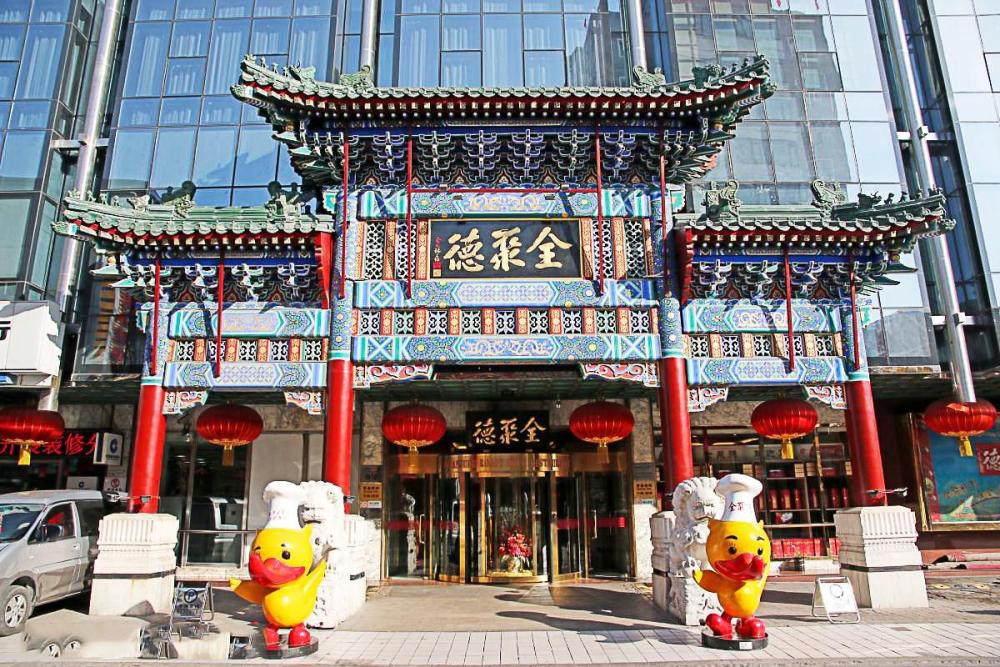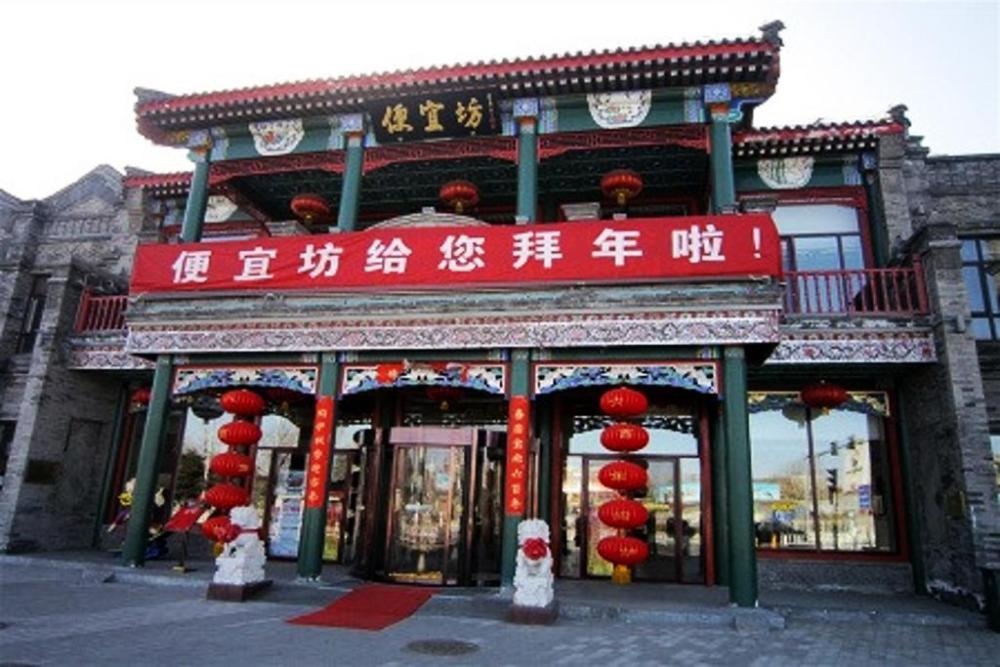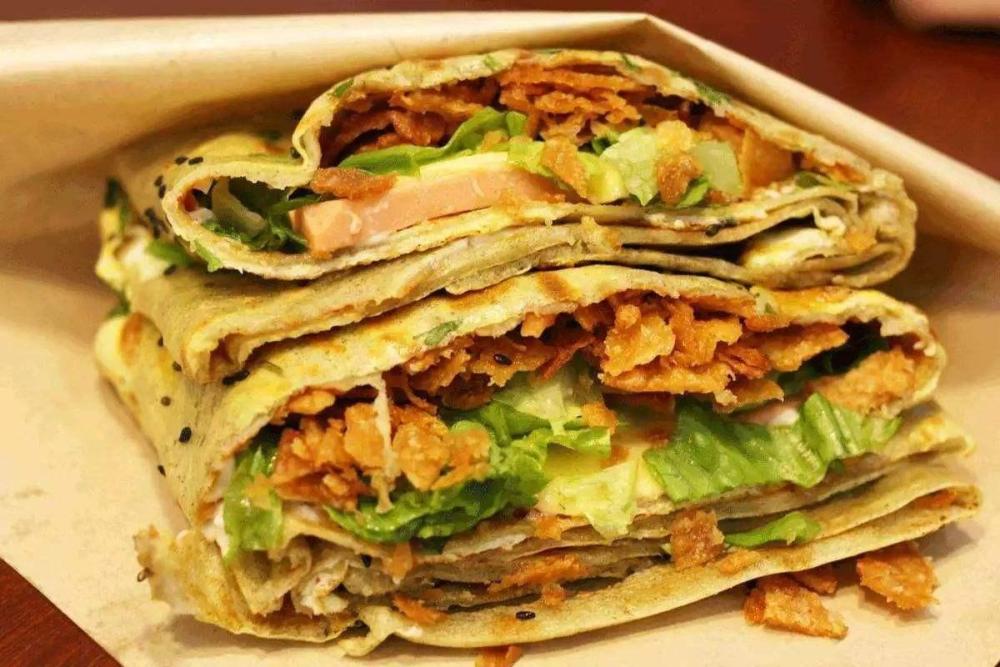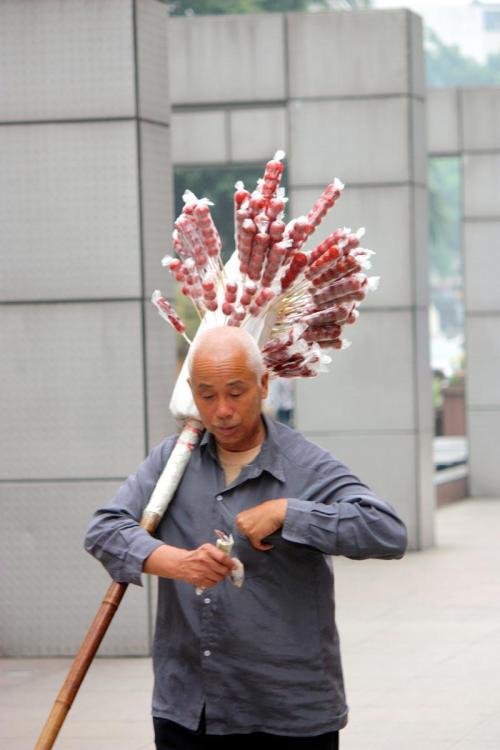北菜 (běi cài) – Beijing (北京 – běi jīng) Beijing Cuisine
Having covered the whole eastern coast, I’m moving back north again, this time to the capital, Beijing, a city I have visited many times, but dislike more every time ago. I wasn’t looking forward to doing this, as I’m about to explain.
As you’d expect, the capital has food from everywhere. Every cuisine in China (is that eight or eighty?) is represented – even China’s ethnic minorities’ cuisine can be found here, as well as food from pretty much all around the world.
As with Shanghai cuisine, it is however difficult to identify anything which actually originated in Beijing. I read one internet site claiming to list the top twenty Beijing dishes – only one was maybe from Beijing. The others certainly weren’t. Available in Beijing yes, but so are tacos and pizza!
Over the centuries, every area of China sent food – both ingredients and whole dishes, to the capital as tributes for the emperor of the day. However, the capital has changed many times on the whims of the emperors or political necessities of the times. Xi’an was the capital for longer than Beijing has been. Luoyang in Henan province, too. Hangzhou was capital in the Song dynasty. Nanjing had a turn, too from 1368 to 1421 CE. There have been others. Beijing settled as capital in the Ming dynasty (1368 to 1644), lost its place at times during the civil war in 1945 then was restored on October 1st 1949, when Mao declared the People’s Republic from the walls of the Forbidden City.
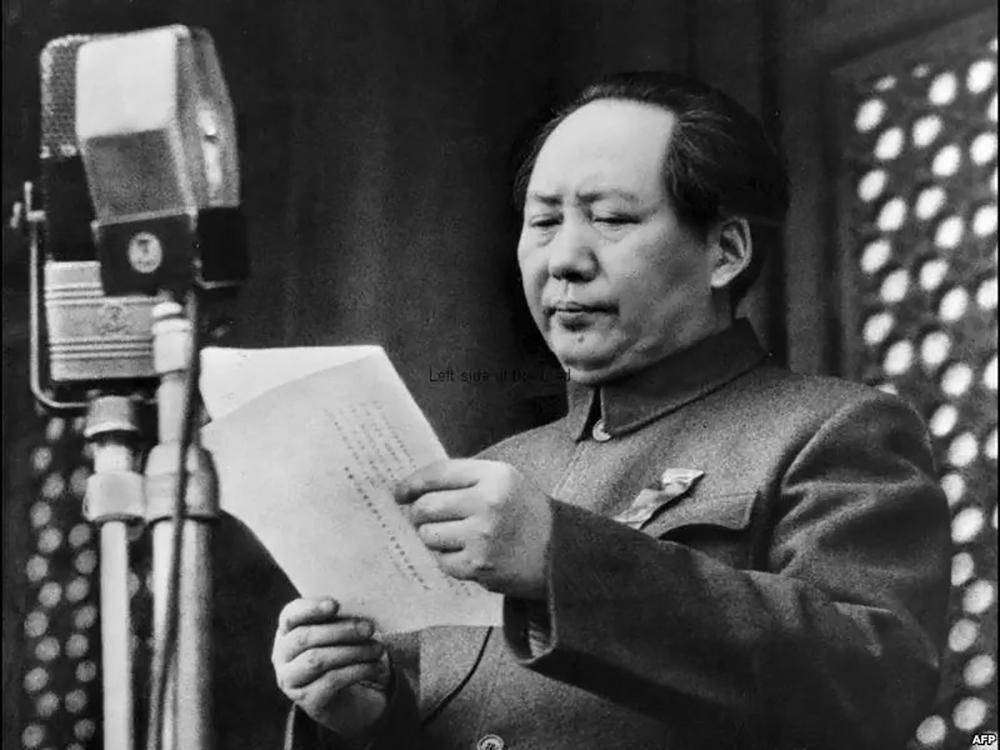
Mao declaring the People's Republic of China, October 1949
Even Beijing’s most famous dish 北京烤鸭 (běi jīng kǎo yā) Beijing duck (Peking as some cloth-eared British diplomat heard it) doesn’t come from Beijing. It well documented by the emperor’s court as being from Nanjing in Jiangsu. As I’ve mentioned above, it was carried from there to Beijing when the emperor decided to move home.
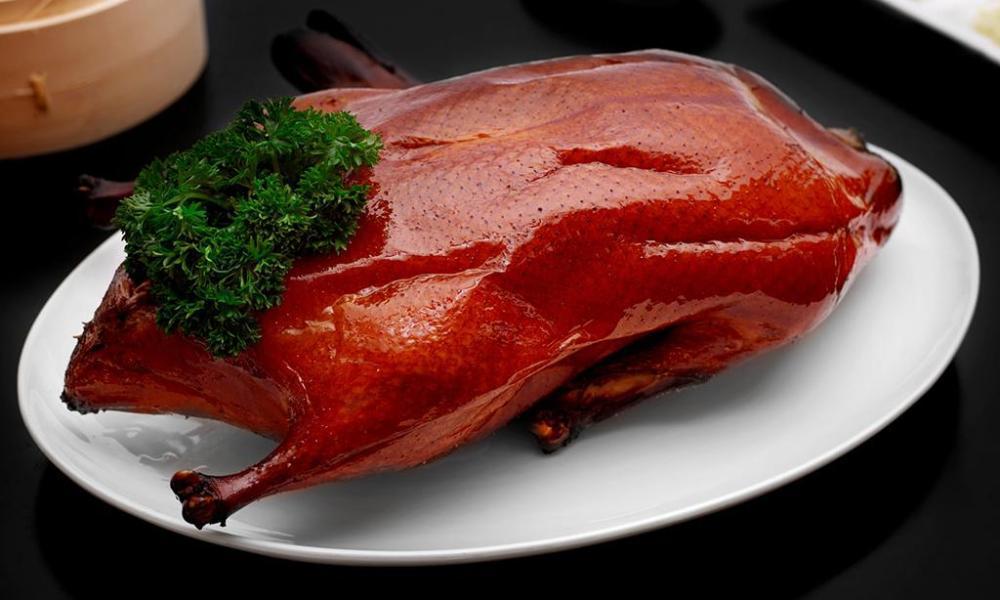
Beijing Duck
I’m not suggesting that Beijing is not the best place to eat Beijing duck, merely that it didn’t originate there. It probably has the best, today. There are hundreds of places to avail yourself of your Beijing duck hit when in Beijing, but three favourites are:
全聚德 (quán jù dé), established in 1864 is the restaurant visited by the most world leaders and officals, with over 200 having eaten there. They have a branch in New York and another in Vancouver. The signage on their Beijing restaurants is written right to left as it was in the distant past 德聚全.
Qianjude, Beijing
便宜坊烤鸭店 (biàn yí fāng kǎo yā diàn), Bianyifang Roast Duck Restaurant), still going after opening in 1416, in the Ming Dynasty, must be doing something right. Their recipe is more traditional than the others.
Bianyifang Roast Duck Restaurant
A newer arrival is the highly-rated 大董烤鸭店 (dà dǒng kǎo yā diàn), Dadong Roast Duck, established 1985. It sees more foreign visitors and expats than others, but the food is wonderful.
All three have multiple branches in Beijing. They get very busy, so booking is wise; essential during Chinese public holidays..
Much of so-called Beijing cuisine comes from Shandong province. Definitely 煎饼 (jiān bǐng) originated in Shandong around 1,800 years ago. Beijing’s famous breakfast pancakes or crêpes with scallions sold on almost every street corner, These are made to order, in front of your eyes, with wheat flour, chilli paste, sweet bean sauce, fried wonton wrappers and scallions.
Jianbing
Something most visitors to Beijing notice and are intrigued by is the number of places selling 北京酸奶 (běi jīng suān nǎi), small jars of yoghurt sweetened with honey, sold in convenience stores or on street stalls. You buy these and are handed the jar and a drinking straw. Pierce through the wax paper lid to the jar and slurp away. The jars are not to be taken away; they must be returned for reuse. It seems to have originated in Inner Mongolia, where yoghurt is common.
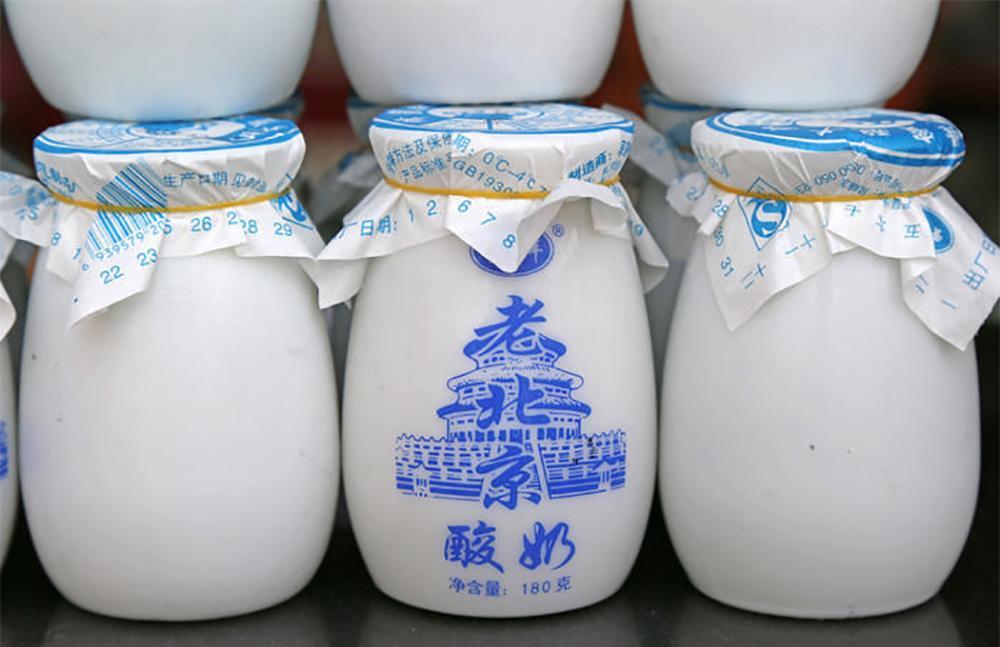
Beijing Yoghurt
QuoteZha Jiang Mian (炸酱面), or Fried Sauce Noodles is so famous in China that the mere mention of it makes people think of Beijing.
The Wok of Life
People can think all sorts of things, but again this undoubtedly comes from Shandong province. This is a dish of long, thick wheat noodles traditionally served cold, served with pork, and a selection of raw vegetables of the cook’s choice but usually including cucumber, carrot, daikon radish, bean sprouts etc. The dish is dressed with 黄豆酱 (huáng dòu jiàng), fermented yellow bean paste, a pungent, thick paste of yellow soy beans, wheat and salt. The vegetables are usually served unseasoned to balance the salty paste.
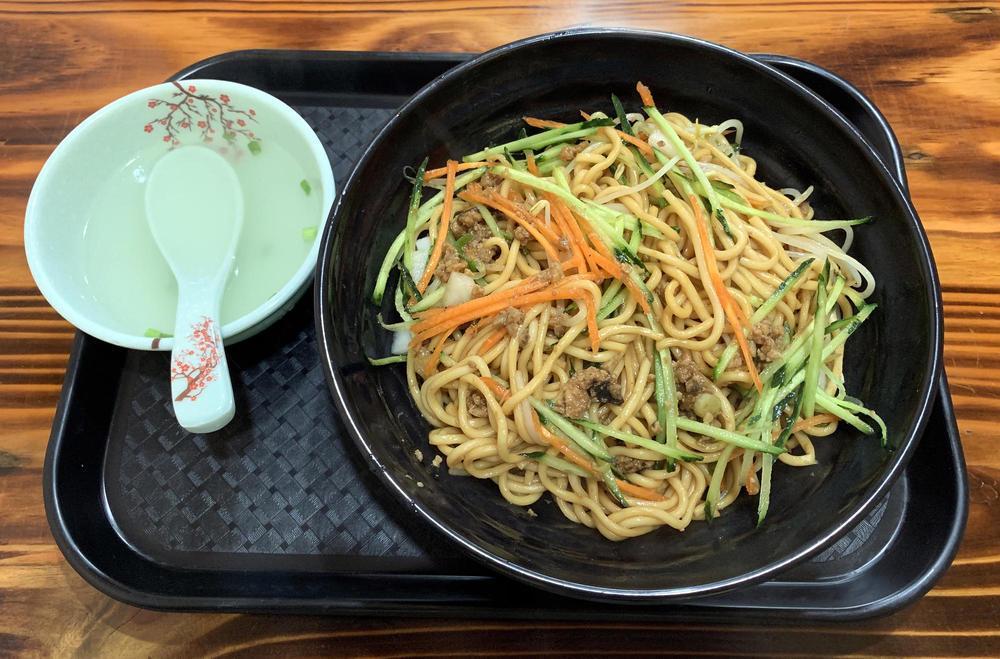
Zha Jiang Mian
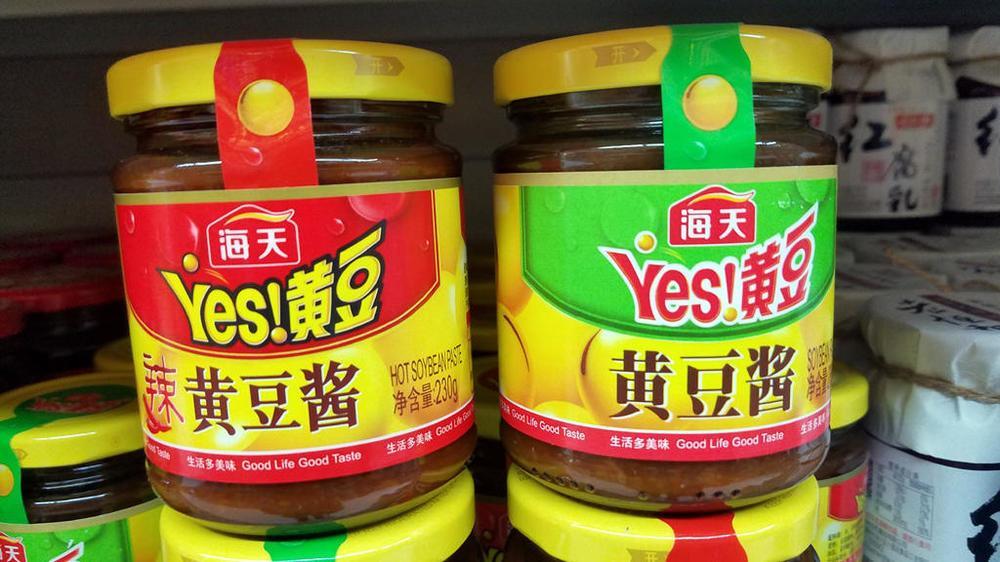
Yellow Bean Paste - the one on the right is the most used.The other has added chilli, not such a popular taste in Northern China.
On the streets you will see wandering vendors selling 糖葫芦 (táng hú lu), candied hawthorns on a stick. Despite Beijingers being sure it’s their idea, I can see no evidence that they originated there. Candied fruits are found worldwide.
Candied Hawthorns on Sticks
One of Beijing’s most iconic cuisines stands apart: 宫廷菜 (gōng tíng cài), Imperial cuisine. Also known as 御膳 (yù shàn), this is the food of the Qing emperors. Ingredients were sourced from across China, but especially Jiangsu and Shandong, the rarer and more expensive the better.
Cooks were also imported from all over the country to work in the imperial kitchens. Hundreds of them. The Qing dynasty imperial kitchen employed a director, deputy and assistant directors, manager, executive manager, and clerks to handle the emperor’s daily meals. In total, more than 200 officials, cooks and eunuchs were employed. The kitchen would prepare meals for the emperor, his wives, his concubines (whoo were classified as second wives), and the rest of the imperial family. The emperor usually ate alone, but occasionally he might invite his wife or a concubine to keep him company, but no one but him was allowed to sit, except a dowager empress.
A detailed record was kept of every meal he ate, including the recipes, the location of the meal (he would have it at which palace in the city took his whim) and the chef and cooks who were on duty. The latter was so they knew who to punish if anything went wrong. It was also to guard against assassination by poisoning. Eunuchs were required to taste every dish before the emperor could touch it.
One breakfast is recorded as consisting of duck soup with Chinese yam; a wild herb salad with cold bean jelly; duck stewed with wine and cauliflower; stir-fried spinach with dried shrimp; steamed lotus root with glutinous rice; tofu with mushrooms; sliced chicken and duck cooked with soy sauce; bamboo knotted rolls; steamed buns stuffed with minced pumpkin and mutton; braised chicken with cowpea; pickles; round-grain rice and a bowl of plain boiled cowpeas.
A typical dinner was chicken hot pot with bird’s nest and pine nuts; a second hot pot with chicken, smoked meats and Chinese cabbage; a third hot pot of shredded lamb stomach and shredded mutton; steamed chicken with fresh mushrooms; salt pork fried with fresh mushrooms; cold steamed chicken and mutton; cold steamed duck and deer’s tail; pork in thick gravy; steamed dumplings with minced chicken, salted pork and pickles; four small cold dishes, chicken soup with cooked rice, thick wild duck soup with Chinese yam and bird’s nest soup with spinal cord.
Some of these dishes were also eaten by the great unwashed outside the palace, but inside they were elevated with more expensive ingredients and sophisticated techniques. Other dish were invented here by the senior chefs.
A fuller history of Imperial cuisine is here and details of meals are here.
The Forbidden City (紫禁城 - zǐ jìn chéng) is now open to visitors and has even been used for concerts. There was even a Starbucks inside for a short time but that was a stretch too far for most people and it was kicked out in 2007 soon after opening.
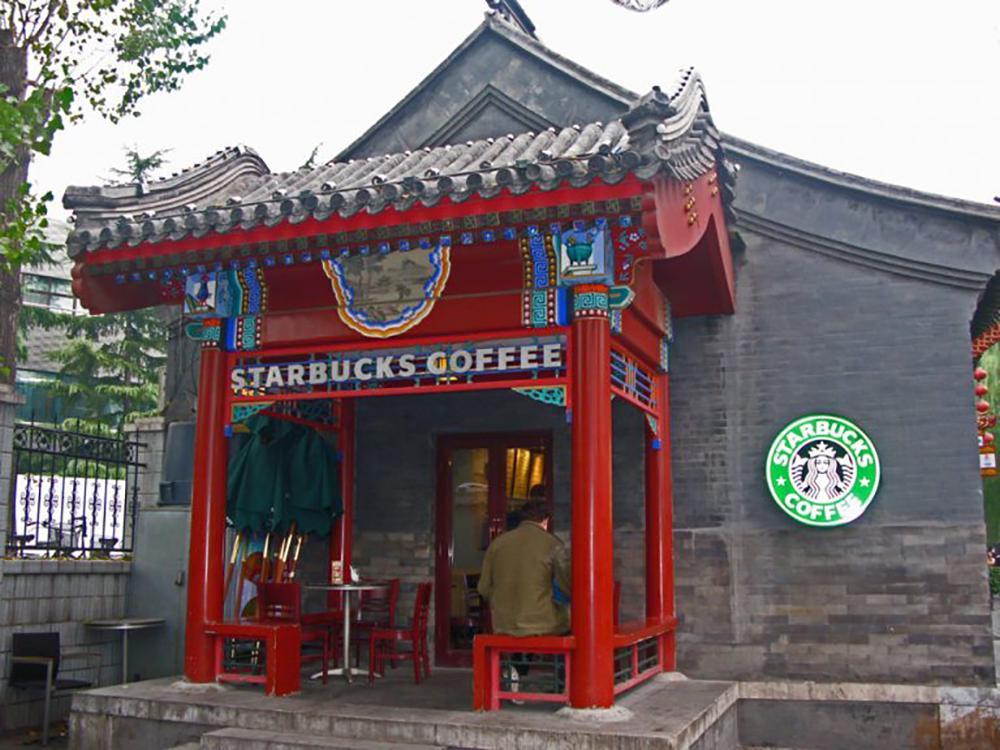
Forbidden Starbucks - image thetowerinfo.com
Now you can eat versions of imperial meals, not in the palace but in restaurants around Beijing and elsewhere. There is one here in Liuzhou, 2,980 km / 1,852 miles from Beijing. Most of these serve smaller versions though, with only around 10 courses. They still cost a pretty penny. I’ve never been.


